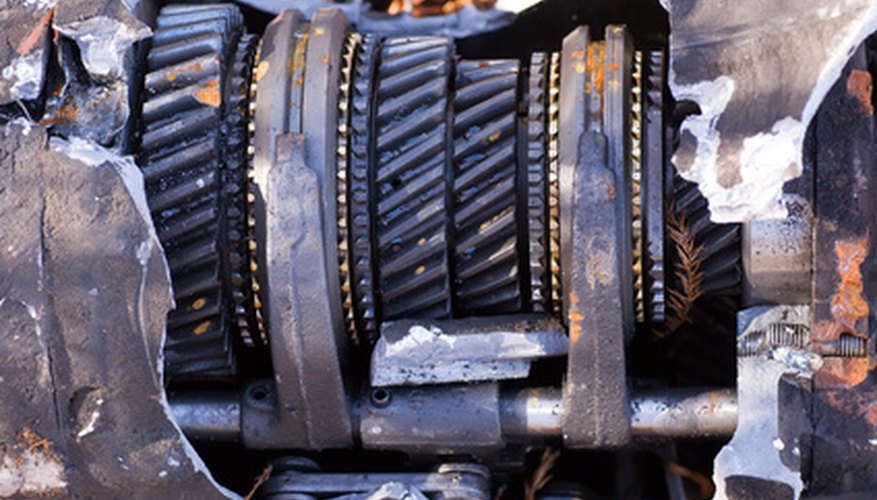Crash gearboxes use straight-cut gears and are found in vintage cars, large trucks and racing cars. The speed of the engine must be matched to that of the gearbox before a gear is engaged.
Operation
When changing gears, the clutch disengages the gearbox from the engine then selects a new gear before re-engaging. With straight-cut gears, if the engine speed does not match that of the gearbox, the gears will grind together and cause potential damage to the clutch and gears themselves; thus the speeds must be matched before a gear is engaged.
- Crash gearboxes use straight-cut gears and are found in vintage cars, large trucks and racing cars.
- When changing gears, the clutch disengages the gearbox from the engine then selects a new gear before re-engaging.
Double Declutching
The clutch is used twice for every gear change. First the clutch is depressed, and neutral is selected; the engine is then revved to the appropriate speed before the clutch is depressed once more and a new gear selected. This is a complex technique that requires an experienced driver.
Advantages
Crash gearboxes produce less friction and loss of power. In racing, this is a great advantage, and with the ability to rebuild the gearbox after each race, the damage caused by incorrect gear changes is not considered a major problem. Crash gearboxes are also very robust and able to deal with much more power and torque than helical gears.
